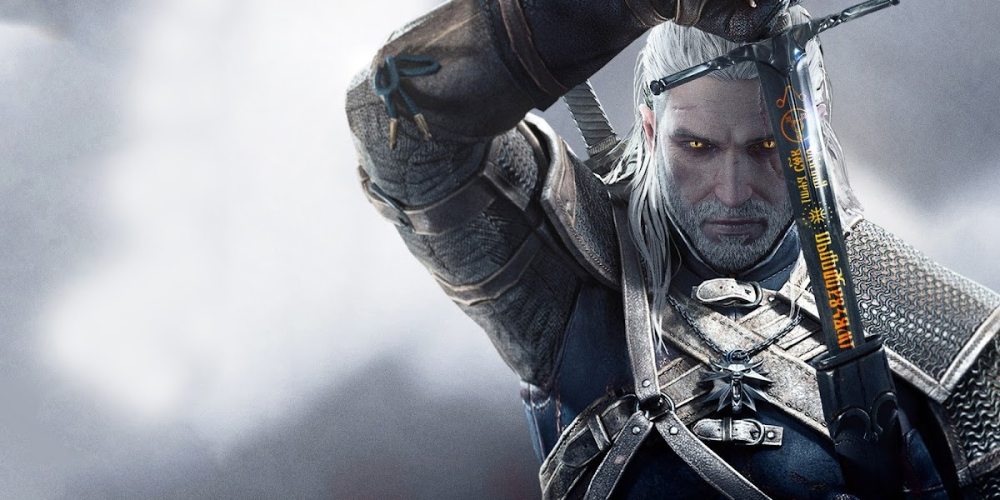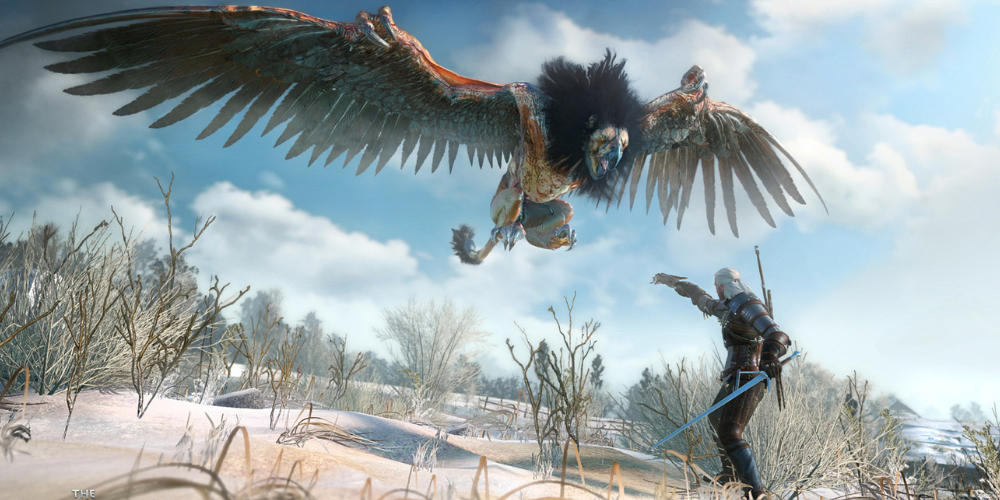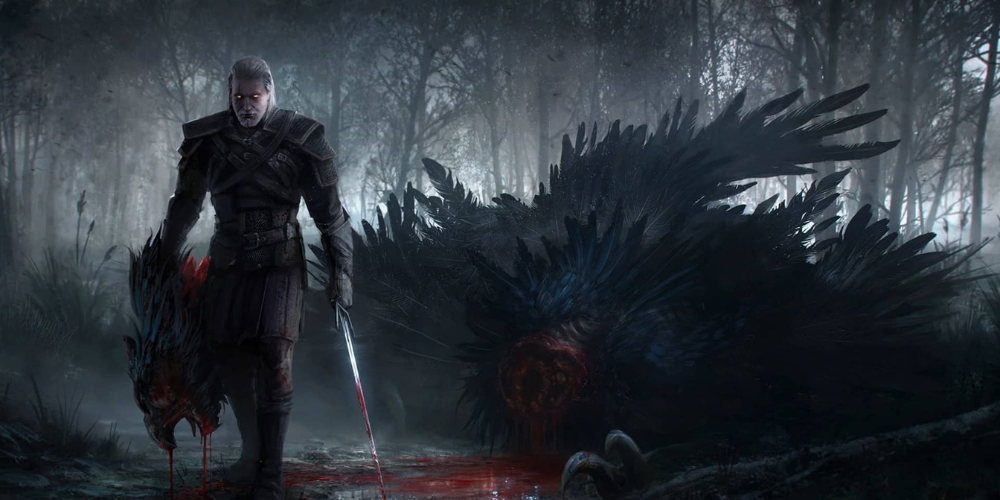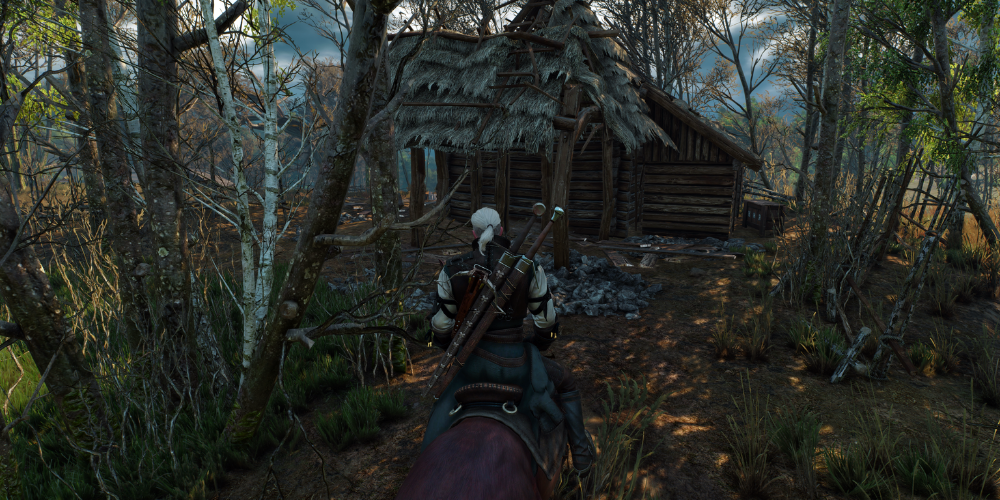The Witcher 3: Wild Hunt - A Deep Dive into the Bestiary of Temeria
- 2024-02-25

The Witcher 3: Wild Hunt, the third installment of the Witcher series, is not just a game. It's a vast, immersive world filled with intricate stories, compelling characters, and, most notably, an array of fearsome creatures lurking in every corner of its map. The game's bestiary, a comprehensive guide to the monsters Geralt of Rivia might come across during his travels, is as fascinating as it is essential for any player aiming to master the art of being a Witcher. It will take a deep dive into the bestiary of Temeria, exploring the lore, behavior, and weaknesses of the game's most notable creatures.
Understanding the Bestiary
The bestiary in The Witcher 3 is more than just a list of monsters. It encapsulates the rich lore of the Continent, offering insights into not only the creatures themselves but the world they inhabit. Each entry includes a description, often written from Geralt's perspective, alongside crucial information on how to effectively confront these beasts. It's a testament to the game's depth, blending gameplay mechanics with storytelling.
Leshens: Ancient Protectors of the Forest
Leshens stands as one of the most iconic and visually striking creatures within The Witcher 3. These ancient beings are deeply connected with the forests they inhabit, commanding the local flora and fauna to defend their territory against intruders. Leshens are not inherently evil, but their ruthless protection of the forest can lead to conflicts with nearby human settlements. Defeating a lesion requires a Witcher to disrupt its connection with nature, often by destroying totems or dispatching the animals it controls.
Griffins: The Skies' Fierce Predators

Griffins, a terrifying blend of eagle and lion, dominate the skies of Temeria. With their massive wingspan, razor-sharp talons, and the ability to swoop down on unsuspecting prey, griffins are a formidable challenge for any Witcher. These creatures are often driven to attack humans and livestock due to the encroachment of civilization on their hunting grounds. A combination of Aard signs to ground them, followed by swift, well-placed strikes, is essential for taking down these majestic beasts.
Drowners: The Dangers Beneath the Waves
Among the more common but no less dangerous creatures in the bestiary are the drowners. These grotesque beings lurk in the waters of swamps, rivers, and lakes, preying on the unwary. Drowners are particularly aggressive in groups and have a propensity for ambushing their victims. Fast attacks, combined with the Igni sign to exploit their weakness to fire, can prove effective against these waterborne menaces.
Vampires: Beyond the Myths
The Witcher 3 shatters the traditional myths surrounding vampires, presenting a nuanced variety of these creatures. From the lower, more bestial skimmers and katakana to the highly intelligent and regal higher vampires, these beings are not to be underestimated. While some vampires integrate into human society, others prey on them from the shadows. Combatting a vampire requires a Witcher to be well-prepared with Vampire Oil and Black Blood potions to turn their own feeding instincts against them.
Wraiths: Spirits of Unrest

Wraiths are tortured spirits, often bound to a specific location or object due to some unresolved trauma or curse. These ethereal beings are immune to conventional weapons; thus, a Witcher must employ Yrden signs to make them corporeal and vulnerable. Moon Dust bombs can also disrupt their phase-shifting abilities. Understanding the source of a wraith's unrest is often key to its undoing, making these battles as much a test of a Witcher's intellect as his strength.
Noonwraiths and Nightwraiths: Sunlight and Shadow
Noonwraiths and Nightwraiths are specific types of wraiths tied to the times of day their tragedies occurred. Noonwraiths are encountered under the scorching sun in open fields, while Nightwraiths emerge in the darkest hours. Each possesses unique abilities reflective of their respective times. Combat strategies for these creatures include the use of Yrden to materialize their forms and Dimetrium bombs to prevent their use of special powers.
Werewolves: The Curse of Lycanthropy
Werewolves in The Witcher 3 present a tragic twist on the classic monster. Often victims of a curse, these creatures struggle with their dual nature. In their werewolf form, they are fierce combatants with regenerative abilities that make them daunting opponents. The use of Cursed Oil and Moon Dust bombs can inhibit their healing, providing a Witcher with the opportunity to dispatch these unfortunate beings.
Fiends: The Monstrous Behemoths
Fiends are massive, deer-like creatures with a third eye capable of hypnotizing their prey. Encountering a fiend is a rare and perilous event, often leading to tales of horror among local populations. Facing a fiend requires a Witcher to avoid its hypnotic gaze while exploiting its vulnerability to Relict Oil and the Quen sign, providing a necessary shield against its brute strength.
Conclusion

The bestiary of The Witcher 3: Wild Hunt is a testament to the game's intricate design and the depth of its world-building. Each creature is not only a challenge to be overcome but a story to be unraveled, offering insights into the rich tapestry of the game's lore. Whether it's the enigmatic lesions or the ferocious griffins, understanding and combating these creatures is essential for any Witcher traveling through the perilous lands of Temeria.
In conclusion, The Witcher 3’s bestiary provides players with more than just a list of enemies to conquer; it offers a glimpse into a world where mythology meets reality and where every battle is a story waiting to be told. For players willing to dive deep, the bestiary is a treasure trove of lore, tactics, and tales of caution that enrich the experience of traversing the wilds of Temeria.





